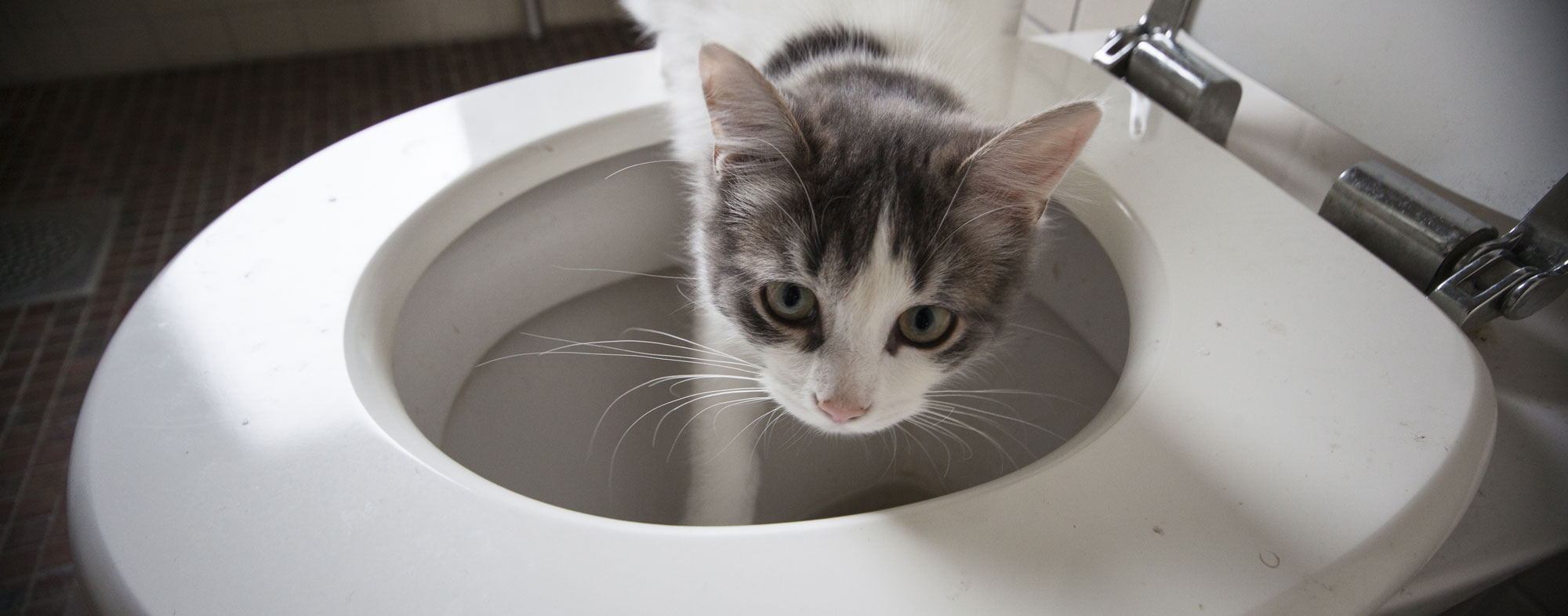Dangers of Disposing Cat Poop in Your Toilet - Precautionary Measures
Dangers of Disposing Cat Poop in Your Toilet - Precautionary Measures
Blog Article
Just about every person seems to have his or her own conception involving How to Dispose of Cat Poop and Litter Without Plastic Bags.

Introduction
As cat proprietors, it's necessary to bear in mind exactly how we deal with our feline friends' waste. While it may seem hassle-free to purge pet cat poop down the bathroom, this practice can have detrimental effects for both the environment and human health and wellness.
Alternatives to Flushing
The good news is, there are safer and extra responsible ways to deal with cat poop. Think about the complying with options:
1. Scoop and Dispose in Trash
The most usual method of disposing of feline poop is to scoop it right into a biodegradable bag and throw it in the garbage. Make certain to make use of a specialized trash scoop and deal with the waste promptly.
2. Use Biodegradable Litter
Choose naturally degradable cat litter made from materials such as corn or wheat. These clutters are eco-friendly and can be safely gotten rid of in the garbage.
3. Bury in the Yard
If you have a yard, think about burying feline waste in a marked location away from veggie yards and water sources. Make sure to dig deep adequate to avoid contamination of groundwater.
4. Install a Pet Waste Disposal System
Purchase a pet dog garbage disposal system particularly created for pet cat waste. These systems make use of enzymes to break down the waste, lowering odor and ecological impact.
Health and wellness Risks
In addition to ecological worries, flushing cat waste can additionally position health risks to humans. Cat feces may contain Toxoplasma gondii, a bloodsucker that can create toxoplasmosis-- a potentially severe disease, specifically for pregnant women and individuals with weakened immune systems.
Environmental Impact
Purging pet cat poop introduces unsafe virus and parasites into the water system, posturing a considerable risk to water ecosystems. These pollutants can negatively affect marine life and concession water top quality.
Final thought
Accountable pet ownership expands past providing food and sanctuary-- it additionally involves proper waste monitoring. By avoiding flushing cat poop down the commode and opting for alternate disposal techniques, we can minimize our environmental impact and shield human wellness.
Why Can’t I Flush Cat Poop?
It Spreads a Parasite
Cats are frequently infected with a parasite called toxoplasma gondii. The parasite causes an infection called toxoplasmosis. It is usually harmless to cats. The parasite only uses cat poop as a host for its eggs. Otherwise, the cat’s immune system usually keeps the infection at low enough levels to maintain its own health. But it does not stop the develop of eggs. These eggs are tiny and surprisingly tough. They may survive for a year before they begin to grow. But that’s the problem.
Our wastewater system is not designed to deal with toxoplasmosis eggs. Instead, most eggs will flush from your toilet into sewers and wastewater management plants. After the sewage is treated for many other harmful things in it, it is typically released into local rivers, lakes, or oceans. Here, the toxoplasmosis eggs can find new hosts, including starfish, crabs, otters, and many other wildlife. For many, this is a significant risk to their health. Toxoplasmosis can also end up infecting water sources that are important for agriculture, which means our deer, pigs, and sheep can get infected too.
Is There Risk to Humans?
There can be a risk to human life from flushing cat poop down the toilet. If you do so, the parasites from your cat’s poop can end up in shellfish, game animals, or livestock. If this meat is then served raw or undercooked, the people who eat it can get sick.
In fact, according to the CDC, 40 million people in the United States are infected with toxoplasma gondii. They get it from exposure to infected seafood, or from some kind of cat poop contamination, like drinking from a stream that is contaminated or touching anything that has come into contact with cat poop. That includes just cleaning a cat litter box.
Most people who get infected with these parasites will not develop any symptoms. However, for pregnant women or for those with compromised immune systems, the parasite can cause severe health problems.
How to Handle Cat Poop
The best way to handle cat poop is actually to clean the box more often. The eggs that the parasite sheds will not become active until one to five days after the cat poops. That means that if you clean daily, you’re much less likely to come into direct contact with infectious eggs.
That said, always dispose of cat poop in the garbage and not down the toilet. Wash your hands before and after you clean the litter box, and bring the bag of poop right outside to your garbage bins.
https://trenchlesssolutionsusa.com/why-cant-i-flush-cat-poop/

Do you like reading up on Can You Flush Cat Poop Down The Toilet?? Leave a review down below. We will be delighted to know your thinking about this page. In hopes that you visit us again in the near future. Liked our piece? Please share it. Help another person find it. Thanks a lot for your time. Visit us again soon.
Visit Homepage Report this page